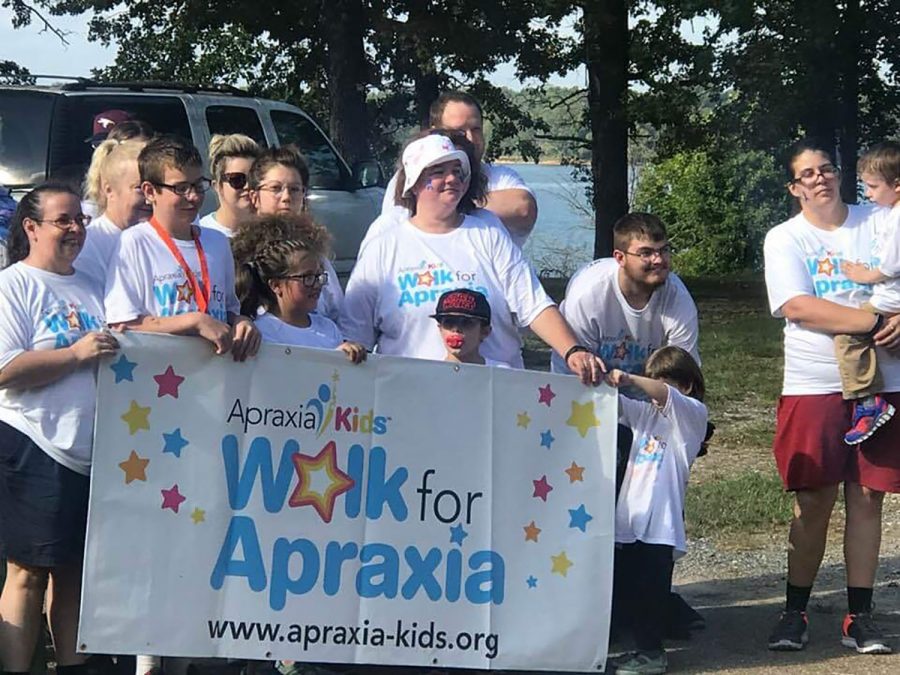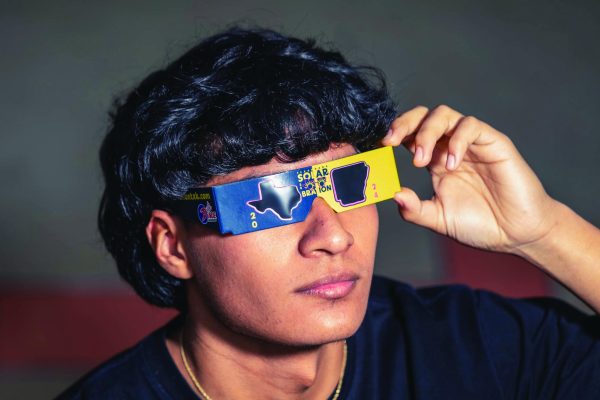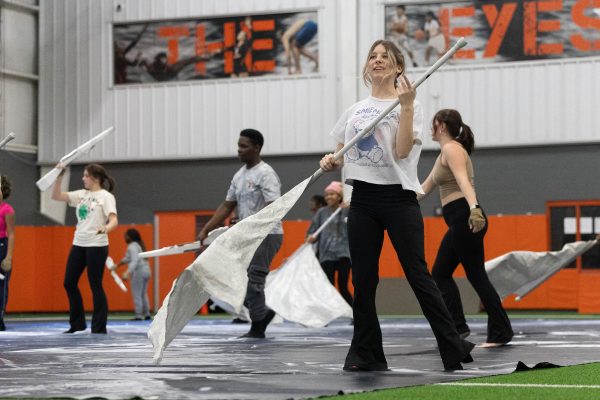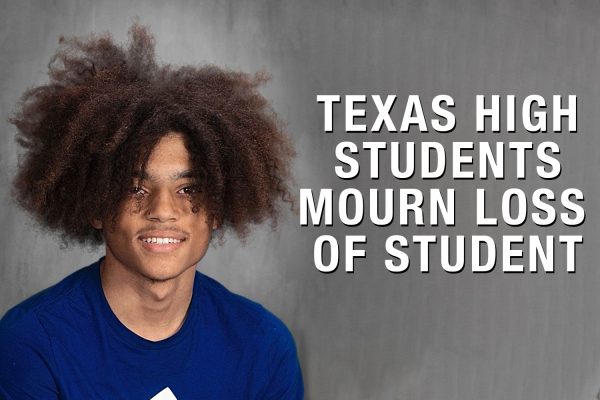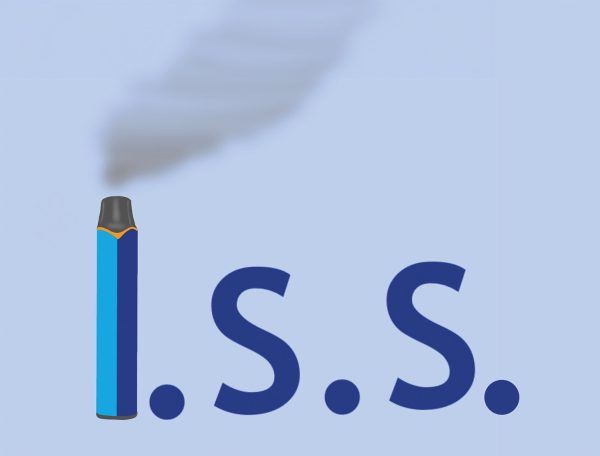Walking for apraxia
Texarkana resident inspired by stepson holds fifth annual event
October 8, 2018
John Wood is 14 years old. He is also one of the many children across the world with apraxia.
As stated by John’s stepmom, Carla Wood, apraxia is a “neurological speech disorder that prevents children from being able to speak correctly, and in particular, it tends to cause some level of paralysis to a specific muscle group.” Apraxia is not a deformity, but an issue with the brain’s connection to a particular muscle.
“For some reason, the brain doesn’t send that message to that muscle group telling it to move and do its job,” Wood said. “For example, for my stepson, his vocal cords and soft palate are both paralyzed.”
Five years after Childhood Apraxia of Speech Association of North America (CASANA) initiated the Apraxia walk, Carla and her husband decided to open up Texarkana’s own walk chapter.
“The genuine reason we started the walk is we saw people looking at our son like he was strange or something like that,” Wood said. “That just really broke our hearts because there’s nothing wrong with him. He just sounds different from everybody else.”
Mrs. Wood and her husband hope that the walk will shed light on what Apraxia is.
“If you’re uneducated, and you don’t know [what Apraxia is], it scares you,” Wood said. “What we were aiming for was to educate people and make them aware of what Apraxia is so that they’re not fearful of it.”
The fifth annual Apraxia Walk was held on Oct. 6 at Wright Patman.
“The main goal is to raise $5,000 for the foundation. For one, they purchase Ipads for children with Apraxia,” Wood said. “The kids use the iPads to be able to communicate, but they also use apps on the iPad to help practice with speech.”
Money raised also goes to other aspects of helping with apraxia such as training and other accommodations.
“It helps to pay for training of the speech pathologist so that they can stay up-to-date on how to treat Apraxia.,” Wood said. “The last thing it also pays for is training parents so that parents know what they can do to better help their child.”
Wood is hoping that the day will come when researchers isolate apraxia and treat it.
“Right now, what we are doing is more of managing symptoms,” Wood said. “I would love to be able to see the day come when [researchers are] able to resolve it completely.“


